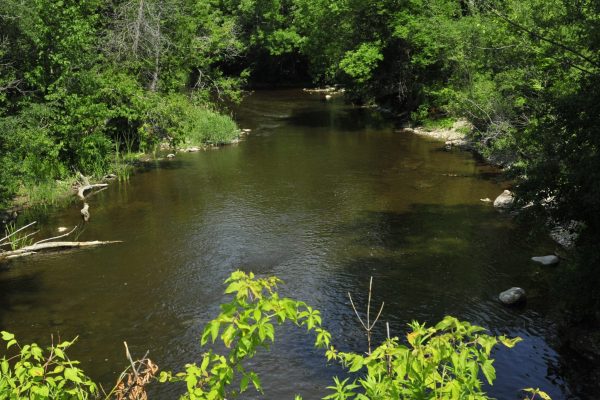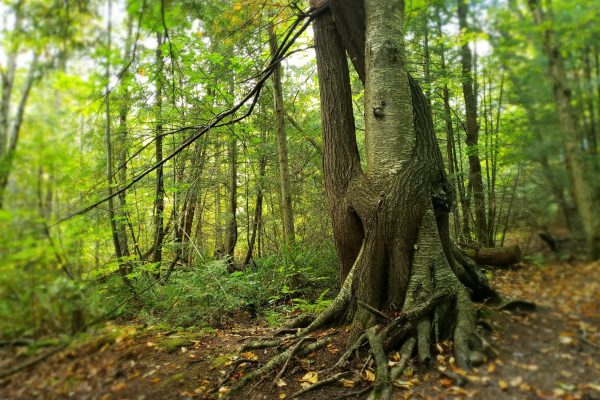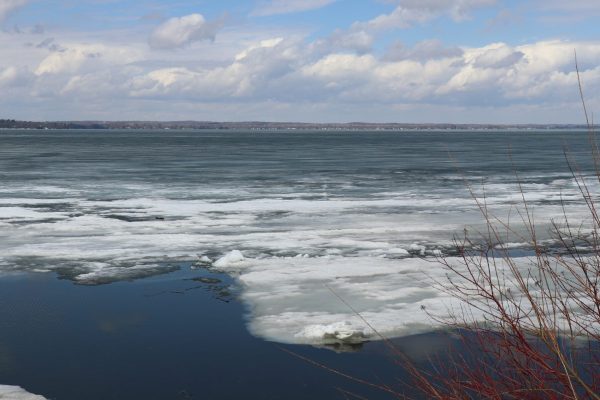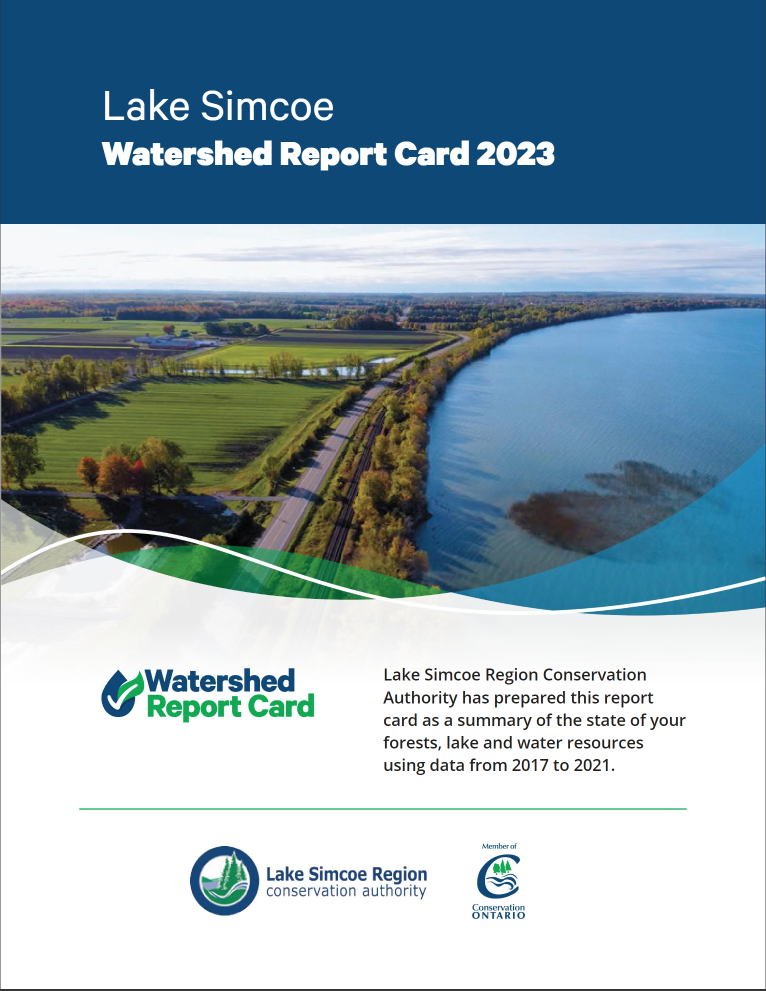Watershed Report Card
Watershed Report Card

Maintaining and protecting a healthy watershed is critical for the health and well-being of both people and the environment. A healthy watershed provides clean air, safe drinking water, access to nature as well as many benefits to human health and economy.
Monitoring and protecting the watershed is a very important part of our overall effort to preserve the health of the environment upon which we all depend. We work with our partners year-round to provide the best scientific investigation of the health of the watershed and to establish programs for its protection and restoration. This includes continually monitoring, evaluating, and communicating the results. One way to inform our community about the health of our watershed is through our Watershed Report Card.
View the 2023 Watershed Report Card as a flip book.
The watershed report cards are a management and evaluation tool to allow Conservation Authorities to:
- Benchmark Conditions
- Measure environmental change
- Identify issues and target watershed programs
- Track progress of actions
- Inform decision-makers
The report card has been produced using a standardized set of indicators as set out through Conservation Ontario’s watershed report card guidelines. These guidelines were created in partnership with conservation authorities across Ontario, as well as with other provincial and federal agencies and have been established to ensure consistent reporting of watershed conditions across the province.
Visit www.watershedcheckup.ca for more information on the health of Ontario’s watersheds.
If you would like to find out more details about your local subwatershed conditions, please call us at 905-895-1281 or drop us a line at info@LSRCA.on.ca.
State of Lake Simcoe Watershed
Overall, the Lake Simcoe watershed is fairly stable, with only slight changes since 2018. Read through our indicators below to find out more details.

Groundwater Quality
Concentrations of nitrate + nitrite and chloride were measured at 13 groundwater monitoring wells. We found that groundwater quality is good across the watershed except for Queensville and Baldwin shallow wells. We will continue working with local groups and municipality on careful application of salt and alternatives on road salt.

Surface Water Quality
Phosphorus concentration and the health of benthic invertebrate (aquatic bugs) communities as well as chloride levels were measured. We are happy to report improvements in Whites Creek’s water quality and benthic community scores, however we have observed declines in 3 other subwatersheds. Protecting and enhancing natural areas continues to be one of our priorities.

Forest Conditions
To assess forest conditions the percentages of forest cover, forest interior, and streamside cover were measured from air photos. We are happy to report that there have been some improvements on forest conditions within our watershed. This signals that even though we are facing development pressures, we’re doing a good job in protecting existing natural cover through effective land use planning policies.

Lake Ice Cover
We have been observing the lake ice cover using Lake Simcoe ice record data that has been collected since 1852. Ice cover has been declining over time – there is approximately a month less ice cover on average than there was in the 1850s. Ongoing focus on monitoring, research and adaptation is needed to continue developing programs that support our climate change strategy.
You can also use the story map to explore the results from the Watershed report cards across Ontario. You will get an overview of causes and conditions as well as learn what the Conservation Authorities and others are doing to protect and improve conditions. If you want to dig deeper, there is a section that explores each resource indicator in more detail.
We can all be part of the Solution
Watershed monitoring and reporting is an important part of managing ecological resources sustainably while considering social, economic, and environmental issues.
We all have a part in making sure that the natural resources of Lake Simcoe watershed are maintained and protected, and that we can address the challenges of climate uncertainty for generations to come.
Here at the Conservation Authority, we continue to work with our federal, provincial, municipal and community partners to build on our research and science, and provide leadership to protect what is natural and restore what has degraded in our watershed.
Here are some things you can do for your watershed:
- Get active and get outdoors. Visit one of our conservation areas to enjoy nature. Make sure to follow trail markers and signs to respect the natural world.
- Explore low impact development practices such as rainwater harvesting and green roofs.
- Learn more about hazardous products and dispose of them properly. Don’t use pesticides and harmful products on your yard.
- Check out our funded programs to get support for making environmental improvements on your land.
- Discover tree planting programs that will help you enhance your land and reduce your heating and cooling costs.
- Connect with your local community, businesses, and government to collaborate on practices to enhance our natural environment.
- Donate to Lake Simcoe Conservation Foundation and help us grow the support for our programs and services in our communities.
![]() Who to Contact
Who to Contact
Integrated Watershed Management
✆ 905-895-1281
✆ 1-800-465-0437 Toll free 


 Related Documents
Related Documents